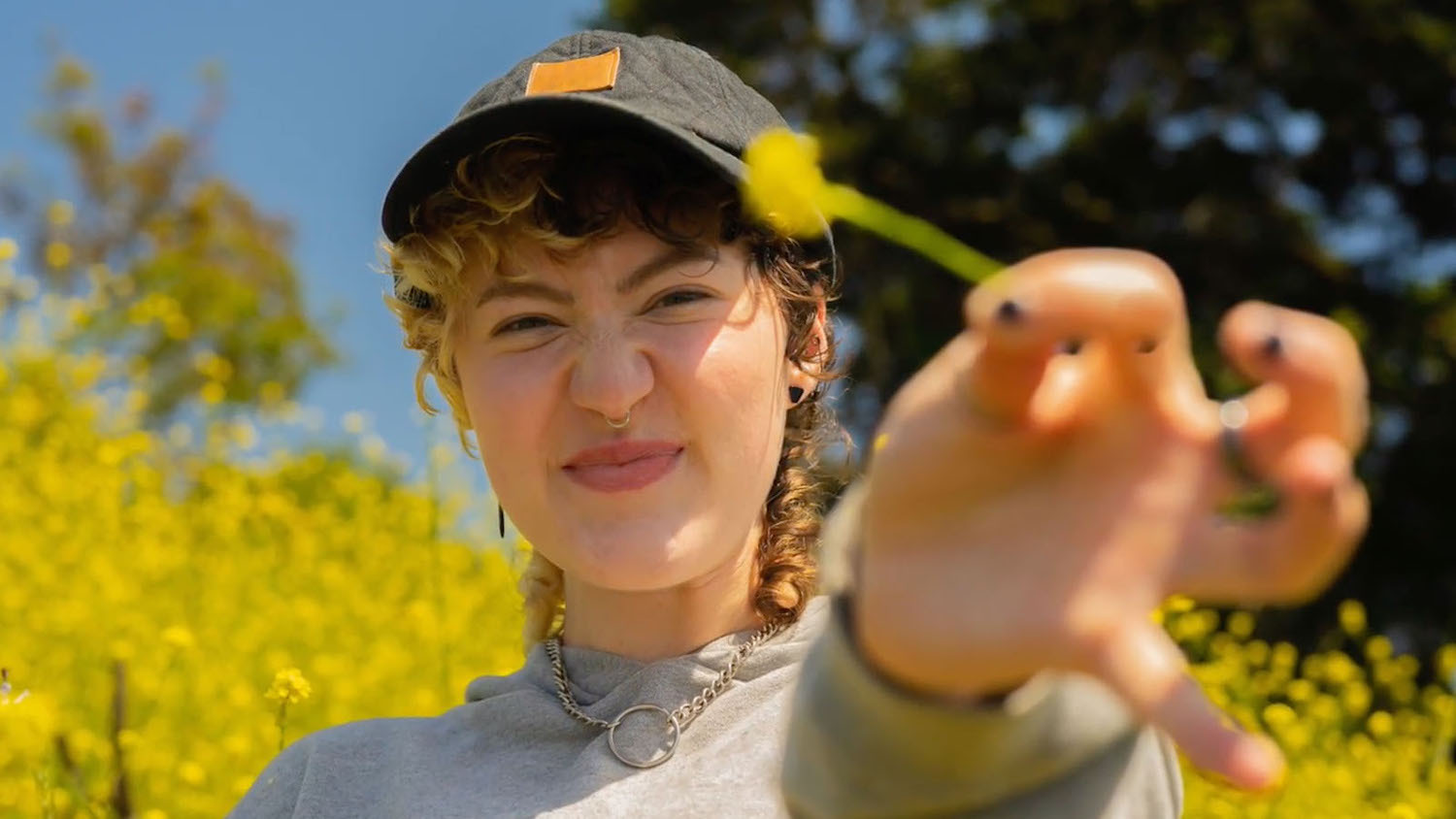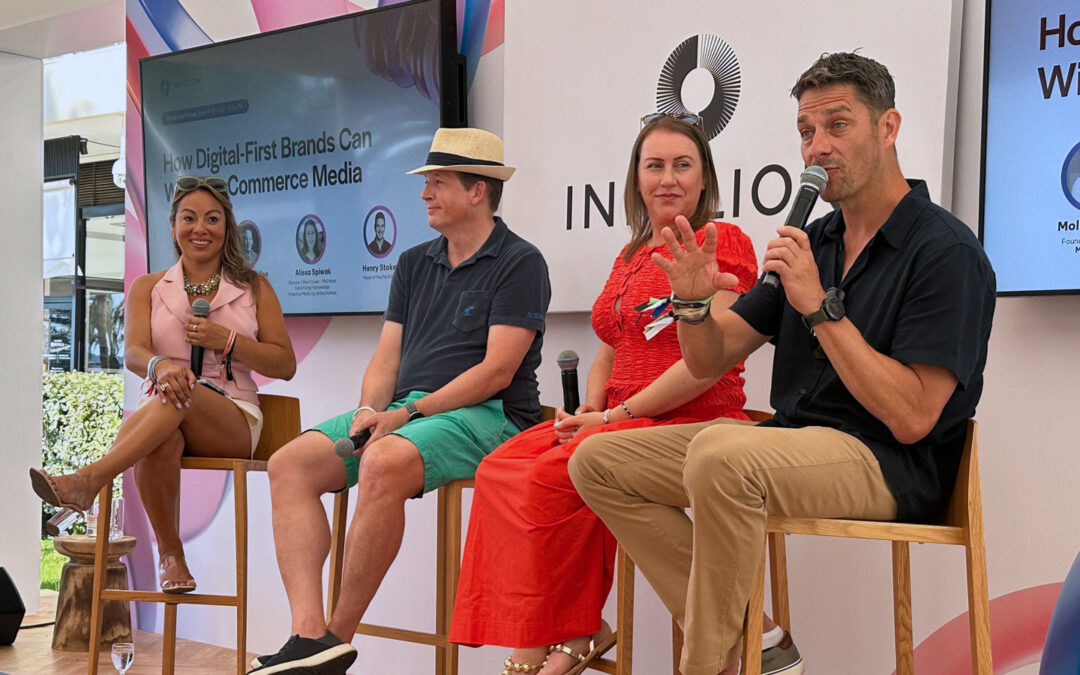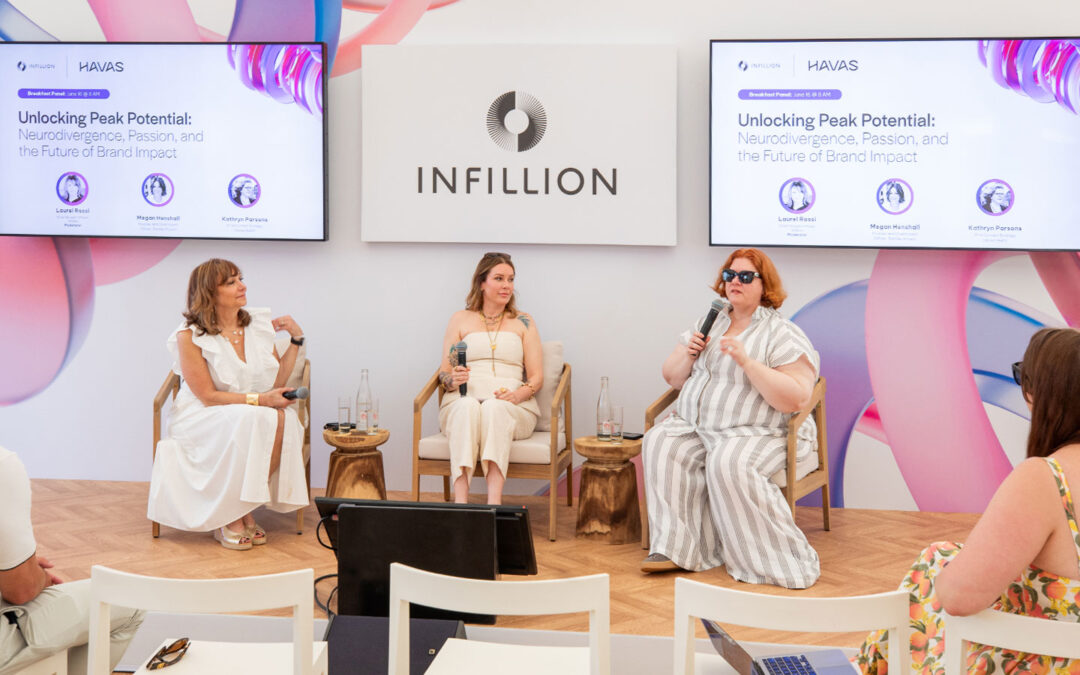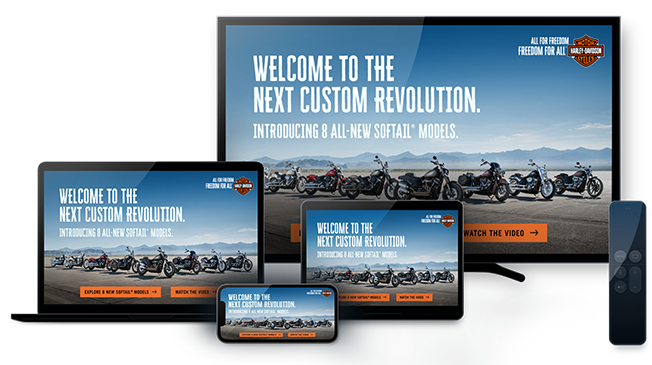The Importance of Improving Autistic Representation in Media and Advertising

The CDC estimate that 5.4 million American adults live with autism spectrum disorder (ASD). And yet, portrayals of people with ASD in entertainment frequently fit a very narrow profile – usually a brilliant doctor or scientist with a handful of quirks when it comes to communication and social interaction. “To the TV-watching public, autism has come to mean the verbal, higher-skilled, savant end of the spectrum, because individuals at that end make for interesting characters,” Autism Science Foundation CEO Alison Singer wrote in 2017.
That’s actually a very narrow portrayal of the complex realities of autism spectrum disorder, and can contribute to misunderstandings and stereotypes that are detrimental to the ASD community at large. That’s at the root of the groundbreaking #AutismOutLoud project, a collaborative initiative launched by Mindshare, Getty Images, and autistic friendship and dating app Hiki, with the mission of eliminating stereotypical images of people with autism in the media and featuring authentic portrayals instead. On the last day of events at Cannes Lions Festival 2023, The Inclusion Café at the Infillion Garden presented a panel called Improving Autistic Representation in Media, moderated by Amanda Morris, disability reporter at The Washington Post, to showcase this project.
Some History
Common misunderstandings of autism are rooted in lack of exposure, lack of knowledge, and a lack of awareness of the ways in which the diagnostic criteria pertaining to the autism spectrum have changed over time. Autism was first included in the DSM (Diagnostic and Statistical Manual of Mental Disorders) in 1980, where it was identified as a disorder that was diagnosed predicated on six specific symptoms that became apparent prior to 30 months of age.
In 1987, the DSM expanded the criteria for an autism diagnosis, to allow for diagnosis after 30 months of age if a child met 8 out of 16 criteria. And, in 2013, the autism spectrum was expanded to include Asperger’s Syndrome, a disorder identified by difficulties with social interactions, restricted interests, the need for sameness, and distinctive strengths, with the presence of typical to strong verbal and intellectual ability distinguishing it from other types of autism.
Re-imagining Representation
In order to move public perception from an association of people with autism based on outdated and limited diagnostic criteria to an understanding that autism can be seen within a wide spectrum and within diverse populations, the #AutismOutLoud project provides an authentic representation of autism as seen by the autism community itself.
Rachel Lowenstein, Global Head of Inclusive Innovation at Mindshare – who lives with autism spectrum disorder – discussed her involvement in the #AutismOutLoud project. “This project was born out of a deep frustration that I think we all collectively had, and the larger autistic community has, around how autism is deeply misrepresented and stereotyped in the media,” she explained. “And, as leaders in media, we knew that we could fix this issue. So, we partnered with Getty, leaders in progressive representation in media, and Hiki, who helps connect the autistic community to each other to find friendships and relationships to better represent autistic folks as we see ourselves. And I had the great honor of also being able to participate as a creator, as someone who talks about being autistic, online and in professional environments.“
Connection
Beyond reimagining representation, the panelists discussed the impact of representation and accurate understanding of the lives of people with autism.
After setting out to understand the ways in which the neurology of autism was intersecting with the effects of loneliness on the ASD community, Jamil Karriem, Founder & CEO of Hiki, discovered that “loneliness was quite literally killing autistic adults.” He continued: “Autistic adults between the ages of 18 and 55 were about 15 times more likely to take their own life than their neurotypical counterparts. And all the academic and medical research on this phenomenon was conclusive. The neurology of autism does not lead people to be predisposed to loneliness.”
In response, Karriem founded Hiki. He explained, “Hiki means able in Hawaiian. It’s a social app for autistic adults to find friendship, love, and community. It was born out of necessity, really.”
Purpose
Still, a fulfilling life typically involves more than connecting with friends and partners. People with autism and other neurodivergent conditions often struggle to find meaningful, rewarding work.
Laurel Rossi, CMO of Infillion & Co-Founder of Creative Spirit clearly understands that. “We need to combat the loneliness and the lack of productivity, which is the number one issue among our constituents,” she said. “And what we found in doing the research around the world is that 85% of people with disabilities, particularly intellectual and developmental disabilities, are unemployed. In the States we have a pretty decent education system that gets you to 21, and then you graduate to the couch.”
At Creative Spirit, Rossi continued, “we employ many, many individuals who are autistic. They come into the organization and create profound change throughout the organization. We have an interesting creative team and pretty sought after content in the space.” And yet, finding imagery and cultural representation of neurodivergent and developmentally disabled people remains difficult. On Creative Spirit’s creative and content team, Rossi explained, “we have a young man who is hearing impaired, a woman who has ADHD and dyslexia, who runs our social, and an autistic gentleman who writes all our content. And the number one issue is, ‘Where’s the imagery? Where is the representation visually?’”
Dr. Rebecca Swift, VP, Head of Creative Insights at Getty Images, understood the significance of that question. “A big thing for us at Getty Images is the thing that we kind of live our lives by: ‘If you change the image, you change perceptions,’” she said. “I think perceptions form over a lifetime. They form over many, many years. And so, this is the first step in changing perceptions for the next generation.”
Special thanks to our contributors:
Moderator:
- Amanda Morris, Disability Reporter at the Washington Post
Panelists:
- Jamil Karriem, Founder & CEO of Hiki
- Laurel Rossi, Co-Founder of Creative Spirit
- Rachel Lowenstein, Global Head of Inclusive Innovation at Mindshare
- Dr. Rebecca Swift, VP, Head of Creative Insights at Getty Images
Subscribe to our blog:
Related Posts:

The Consumer-First Approach To Commerce Media Network Success
Your airline is an ad platform now – and so is your bank. Commerce media networks are one of the most interesting areas of growth in advertising, and at Cannes Lions, plenty of them were onsite to talk about it. That’s a conversation that we explored at the Infillion...

Why Neurodiversity Will Lead The Way In The AI Era
One in five employees today identifies as neurodivergent – as having autism, ADHD, dyslexia, or other cognitive variations – and that’s only going to grow. According to research from ZenBusiness, fully half of Gen-Z identifies with neurodivergence on some level....

How Brands Can Win In Times Of Uncertainty
The 2020s have been defined by relentless uncertainty across every industry. For brands and advertisers, it’s been one curveball after another - with the pandemic, AI, and inflation rapidly altering consumer behavior and shifting goal posts. As 2025 reaches its...
Let's Connect
We can help you create the personalized ad experiences viewers expect.

